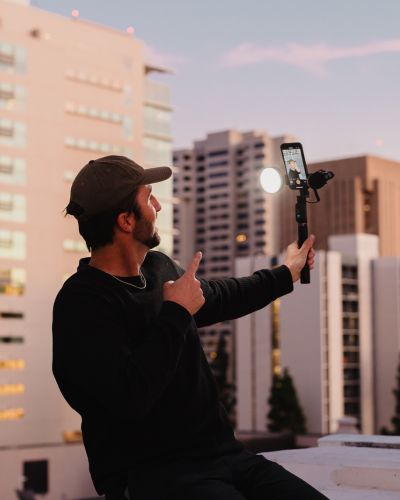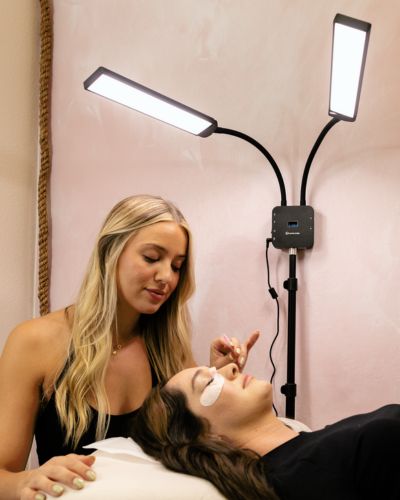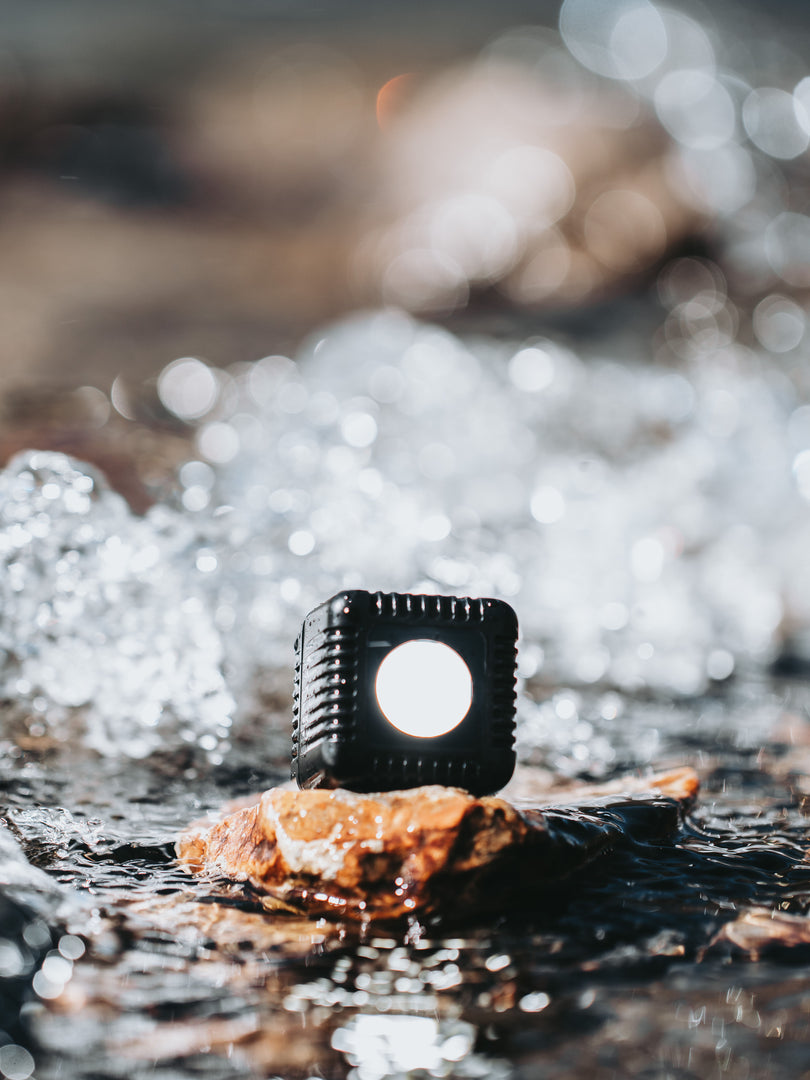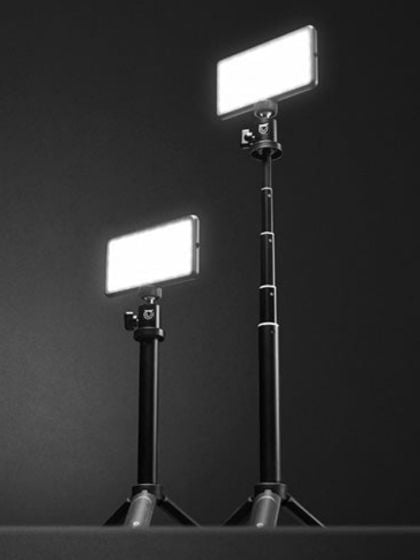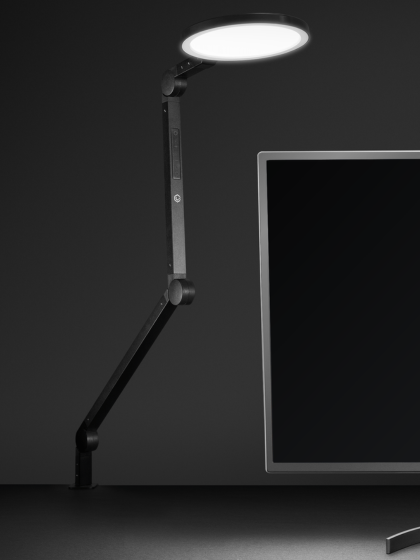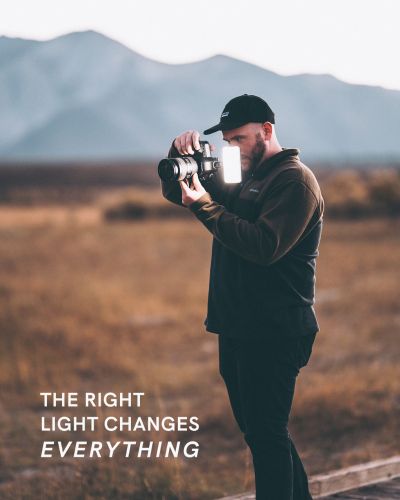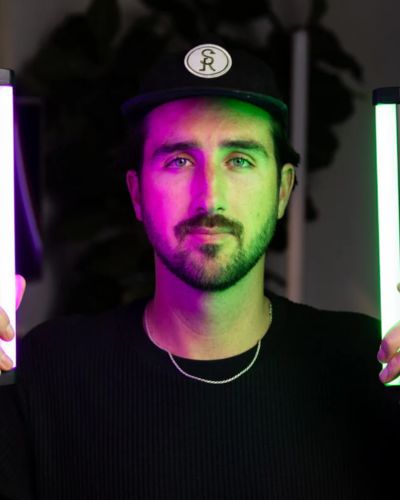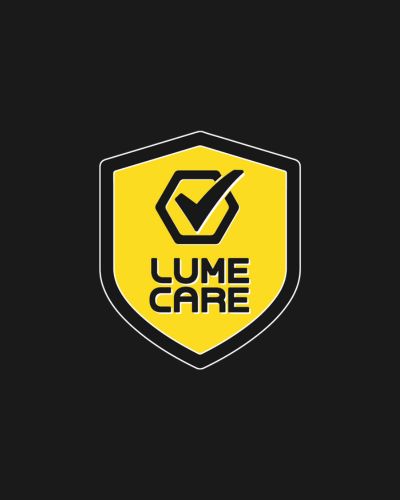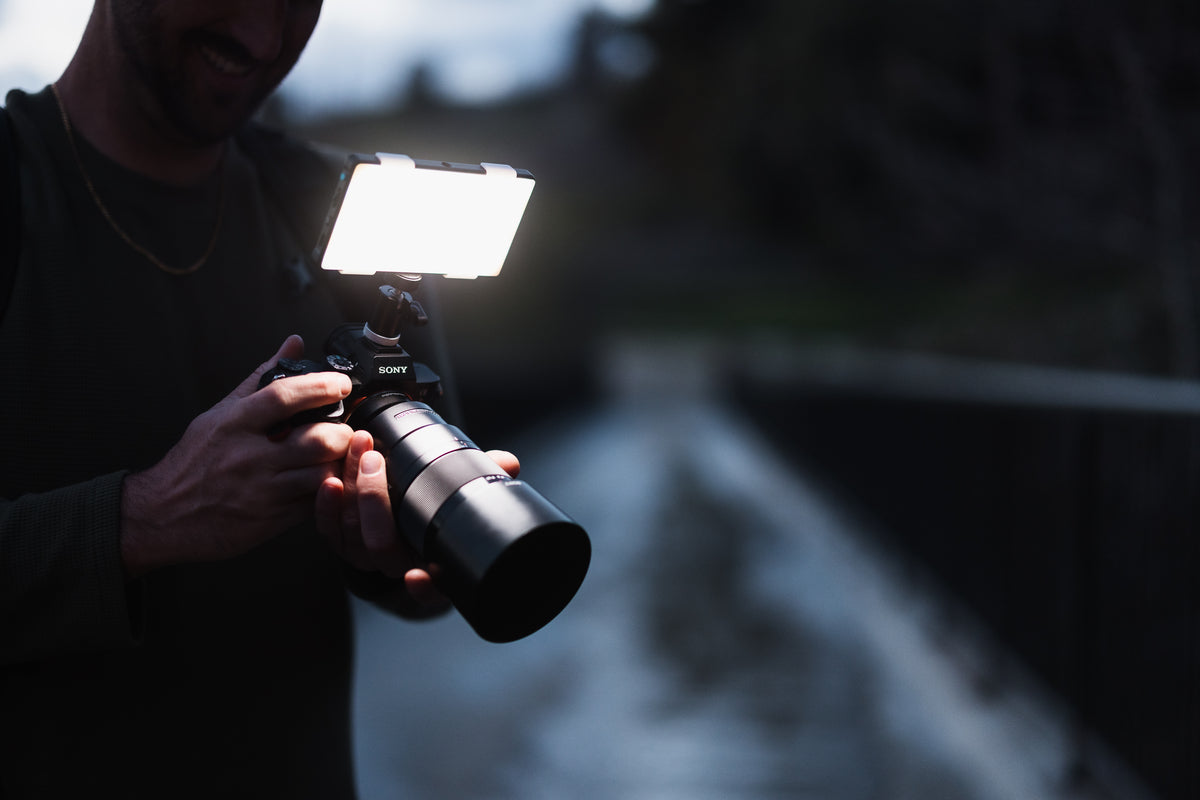Getting Started with Photography & Video Light Tech Specs
When starting your creative journey, lighting specs can seem overwhelming, confusing and sometimes conflicting for photography and videography. Let's get back to the basics and walk you through the most common and foundational you’re technical specifications, such as CRI, Lux, Lumens, CCT, TLCI, wattage, and brightness. These specs are critical in determining the quality and performance of your lighting, but they can be confusing if you’re not familiar with what each term means.
In this guide, we’ll break down these common light specs, explaining how they impact the power, output, color temperature, and overall quality of LED lights for photography and video production.

What is CRI (Color Rendering Index)?
The Color Rendering Index (CRI) is a measure of how accurately a light source renders colors compared to natural sunlight. It’s measured on a scale from 0 to 100, with a higher CRI indicating better color accuracy.
- Why CRI Matters: A high CRI (90 and above) is essential for photography and videography, as it ensures that colors appear as they should, without distortion. Lights with low CRI values can cause colors to look washed out or unnatural, which can be problematic in product photography, portrait shoots, or film production where color accuracy is key.
For professional-grade lighting, look for LED lights with a CRI rating of at least 90. The Lume Cube Studio Panel Lighting Kit, for instance, offers a CRI of 96+, ensuring accurate color reproduction for all your creative projects.
What is Lux?
Lux is a measure of the amount of light that reaches a surface over a given area. Specifically, it measures luminous flux per square meter. Lux is used to describe how bright a light appears when it hits a subject at a specific distance.
- Why Lux Matters: Lux values help you understand how bright a light source will be at a certain distance from the subject. A higher Lux value means more light is reaching the subject, which is important when shooting in environments where distance between the light and subject can vary.
When reviewing a light’s Lux rating, keep in mind the distance. For example, a light might produce 1,000 Lux at 1 meter, but that value will drop significantly as you move farther away from the light source.
What are Lumens?
Lumens measure the total amount of visible light emitted by a light source. Unlike Lux, which measures light at a specific distance, Lumens describe the overall brightness of the light regardless of its distance from the subject.
- Why Lumens Matter: Lumens help you understand the total output of a light. Higher Lumen values mean a brighter light, which is crucial for lighting large spaces or for shoots where maximum illumination is needed. Lumens also give you a sense of how powerful a light is compared to others with different light-diffusion characteristics.
For photography or video production, look for lights with a Lumen rating that fits your space and project needs. More Lumens mean brighter lights, but they can also create harsher shadows if not diffused properly.

What is CCT (Correlated Color Temperature)?
CCT refers to the color temperature of a light, measured in Kelvin (K). Color temperature determines whether the light appears "warm" (yellowish) or "cool" (bluish). The typical range for LED lighting in photography and video is between 2,700K (warm) and 6,500K (cool daylight).
- Why CCT Matters: The color temperature you choose can dramatically affect the mood and tone of your photo or video. Warm light (around 2,700K to 3,200K) creates a cozy, inviting atmosphere, while cool light (5,500K to 6,500K) mimics daylight and produces a more neutral or crisp look. Many Lume Cube LED lights offer adjustable CCT, allowing you to tailor the color temperature to your specific needs.
The Lume Cube Panel Pro 2.0 is a popular on-camera panel light that offers adjustable CCT, letting you switch between warm and cool light, making it ideal for varying environments or creative purposes.
What is TLCI (Television Lighting Consistency Index)?
TLCI is a measure of how well a light source renders colors when captured on camera, specifically for television and video. Similar to CRI, it’s rated on a scale from 0 to 100, with a higher number indicating better color accuracy. However, TLCI is designed specifically for camera sensors, rather than human eyes, making it a critical metric for videographers and filmmakers.
- Why TLCI Matters: A high TLCI rating ensures that the colors captured on camera are accurate and require minimal post-production color correction. For professional video production, lights with a high TLCI score (90+) are recommended to avoid color shifts or imbalances during filming.
If you’re working in video production, youtube content or live broadcasting, prioritize lights with a high TLCI score to minimize the need for post-production color correction.
What is Wattage?
Wattage measures the amount of electrical power a light consumes. While wattage doesn’t directly indicate brightness, higher wattage typically means more power is available to generate light.
- Why Wattage Matters: In the past, wattage was often used as a rough indicator of brightness, but with LED technology, lower-wattage lights can now produce the same amount of brightness as higher-wattage traditional bulbs. However, wattage is still important for understanding how much power your light will draw, which can be critical for portable, battery-powered lighting setups.
When choosing lights for mobile or on-the-go shoots, opt for LED lights that offer high brightness with low power consumption. The Lume Cube XL delivers bright light with minimal power usage, making it ideal for portable setups.

What is the best brightness level?
Brightness refers to the perceived intensity of light and is influenced by several factors, including Lumens, Lux, and how the light is diffused. While brightness is a more subjective measurement, it’s a key consideration in determining how the light will interact with your subject and the environment.
- Why Brightness Matters: Brightness is essential for achieving the correct exposure, and it directly impacts how your subject appears on camera. Too much brightness can lead to overexposure and harsh shadows, while insufficient brightness may result in dull, underexposed footage.
Lume Cube photography and video LED lights, like the Lume Cube Tube Light Mini, offer adjustable brightness settings so you can easily adapt your lighting to different environments and creative needs.
FIND THE RIGHT LIGHT FOR YOU
Understanding the technical specifications of LED photography and video lighting is essential for choosing the right tools for your photoshoots, content creation or filming. Each of these specs—CRI, Lux, Lumens, CCT, TLCI, wattage, and brightness—plays a unique role in determining the quality and performance of your lighting setup needed for your creative vision.
Now that you have a basic understanding of how these measurements work together, you can make informed decisions about the lights you need, ensuring you get the best possible results for your creative work. Explore all Lume Cube's photography lights or video lights and remember that the right light changes everything.
FEATURED LIGHTS


STUDIO PANEL LIGHTING KIT - SHOP NOW




